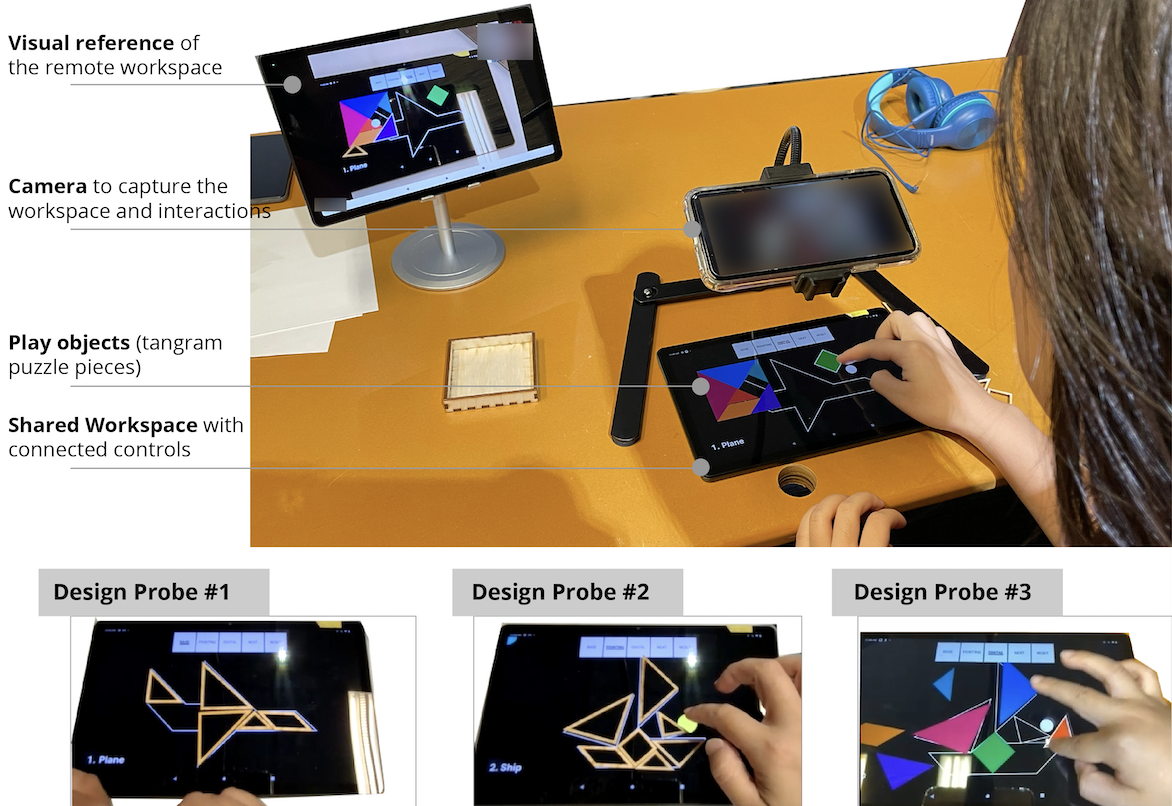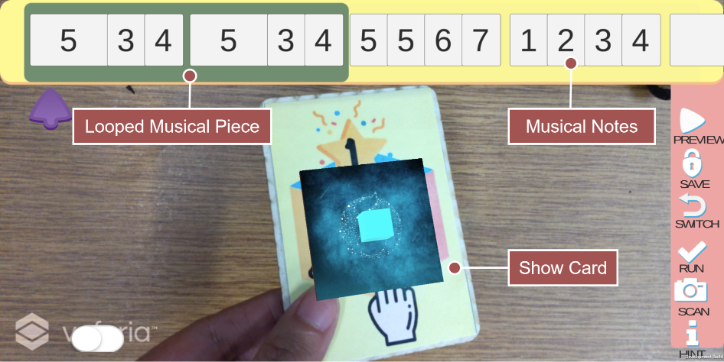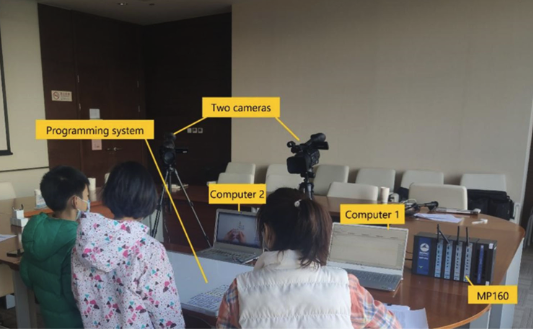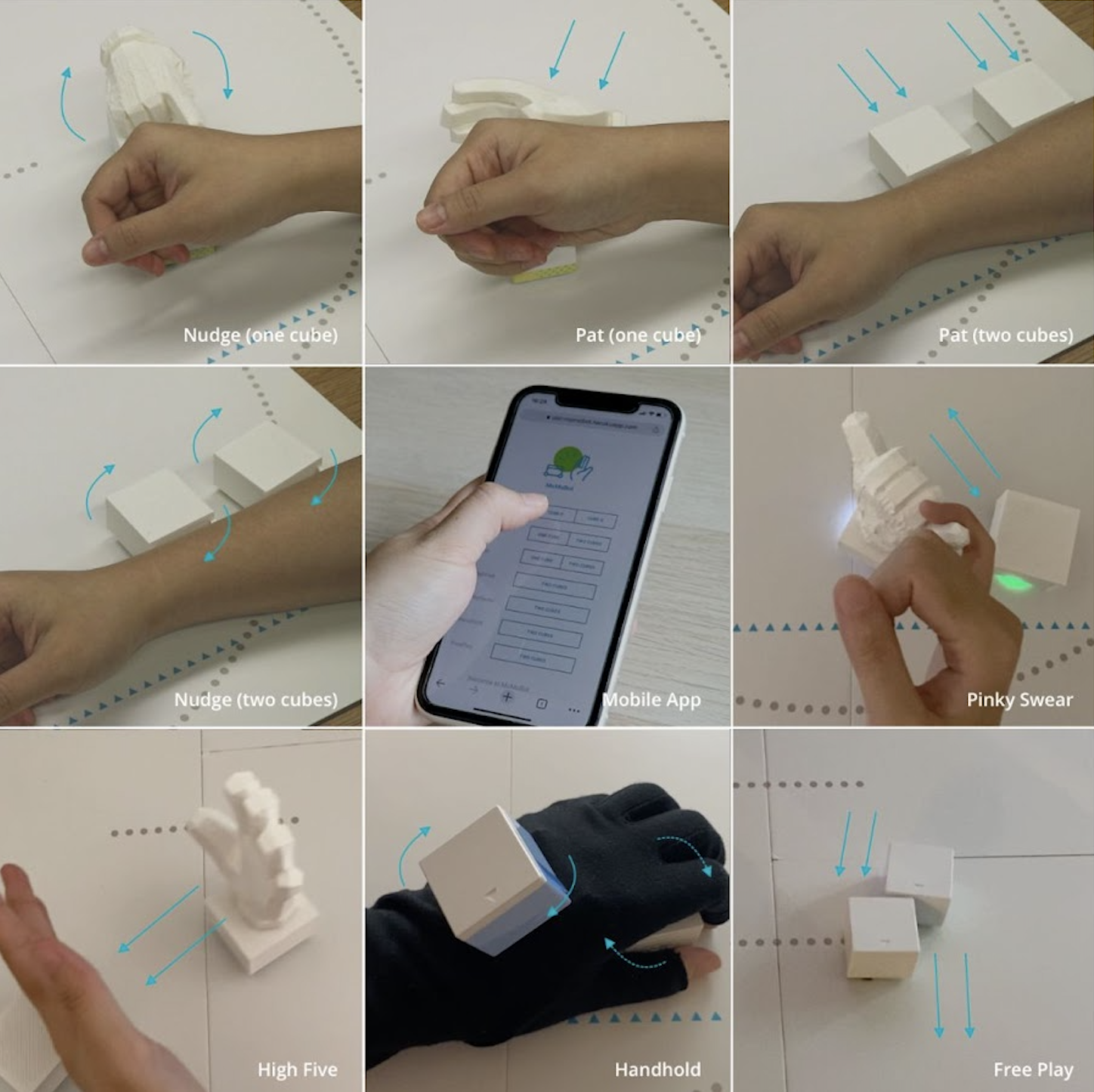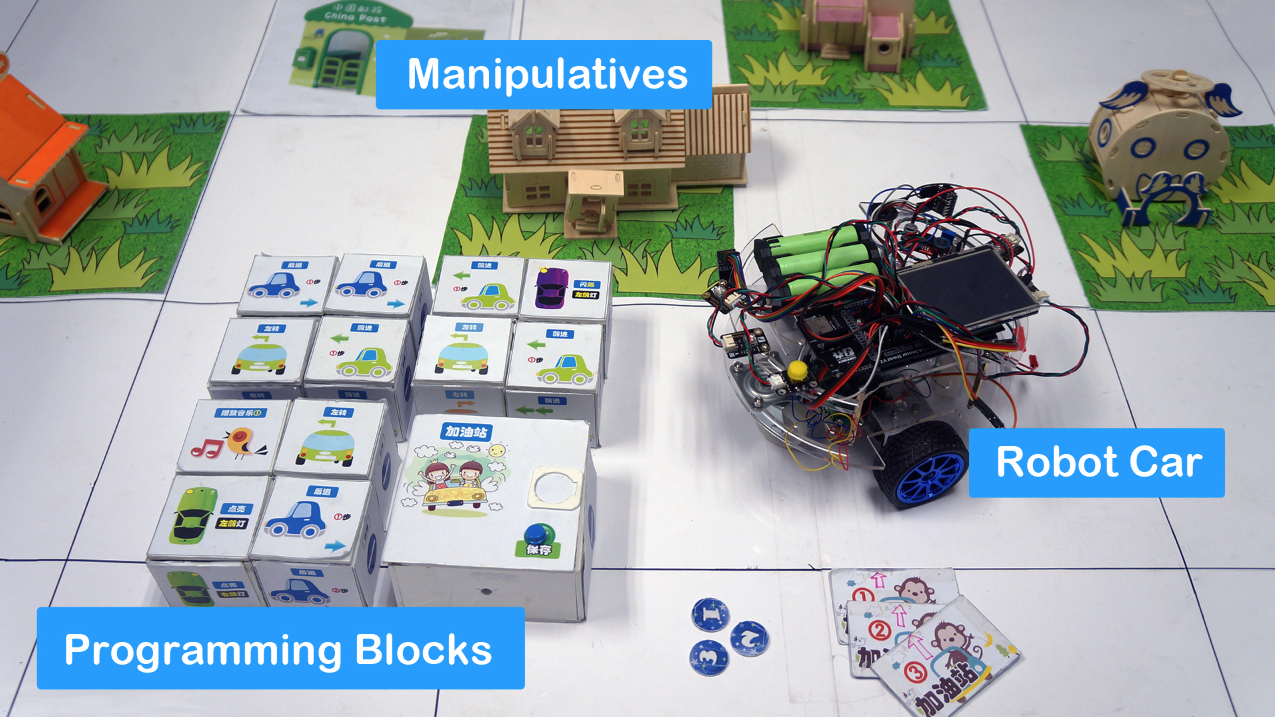Designing Collaborative Technology for Intergenerational Social Play over Distance
Collaborative social play not only offers entertainment but also acts as a powerful catalyst in nurturing intergenerational relationships and fortifying community ties. In order to explore user preferences and interaction dynamics within this context, this study investigates remote intergenerational communication through an analysis of 15 groups (16 families of parents and children). Focusing on collaborative … Read more

